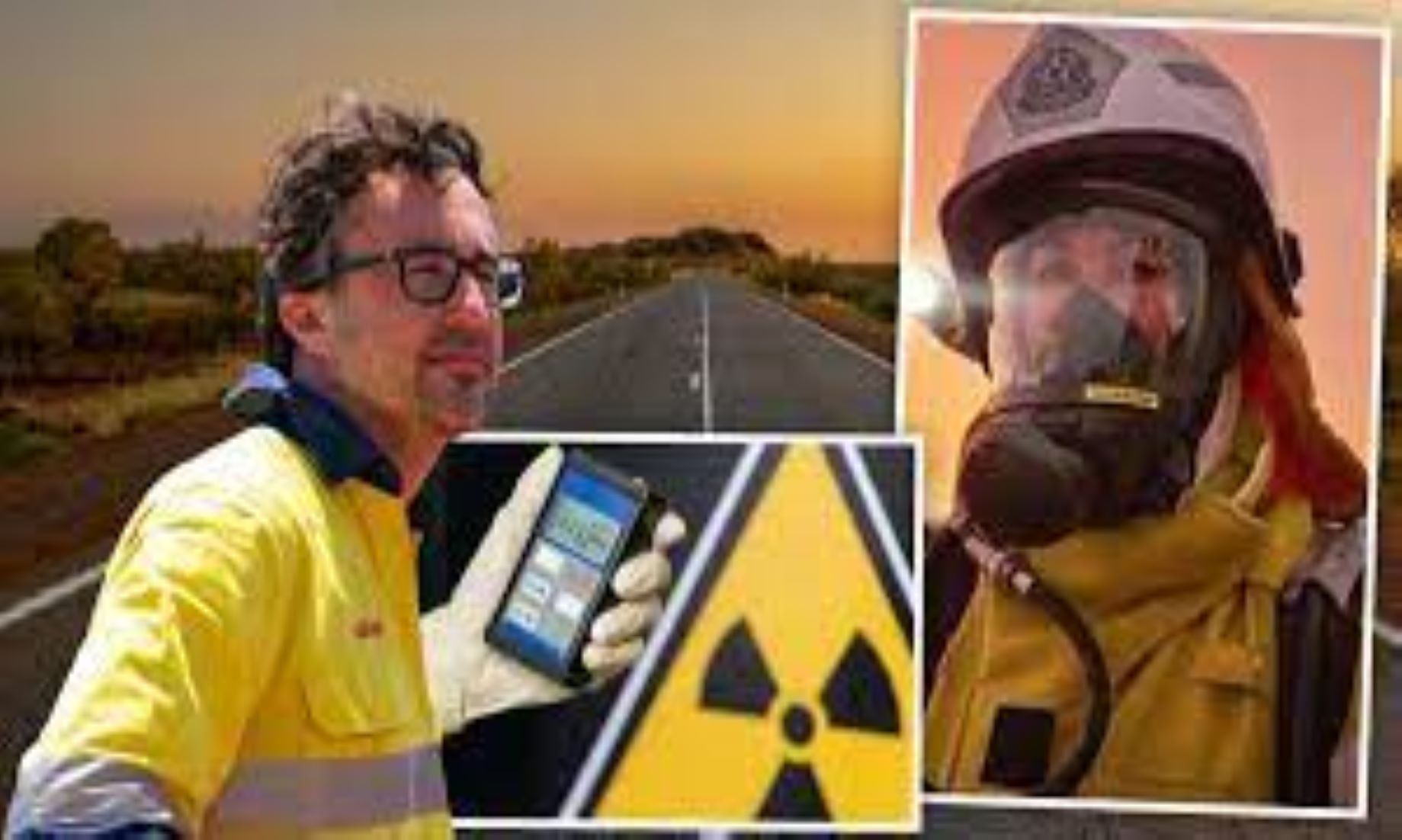SYDNEY, Jan 30 (NNN-AAP) – Mining company, Rio Tinto, yesterday apologised for losing a highly radioactive capsule in Western Australia (WA), and kicked off an investigation over the incident, while a search for the missing capsule is still underway.
“We are taking this incident very seriously. We recognise this is clearly very concerning and are sorry for the alarm it has caused in the Western Australian community,” said Rio Tinto Iron Ore, Chief Executive Officer, Simon Trott.
Trott noted in a statement that, Rio Tinto engaged a third-party contractor to safely package the device, in preparation for transport off-site, ahead of receipt at a facility in Perth. Prior to the device leaving the site, a Geiger counter was used to confirm the presence of the capsule inside the package.
“We have launched our own investigation to understand how the capsule was lost in transit. As part of this investigation, we are working closely with the contractor, to better understand what went wrong in this instance,” the chief executive added.
On Friday, the state’s Department of Fire and Emergency Services (DFES), issued a warning of radioactive substance risk, in parts of the Pilbara, Midwest Gascoyne, Goldfields-Midlands and Perth Metropolitan regions. The warning has been remaining in place for days.
According to the DFES, a six by eight mm silver capsule, containing a radioactive substance of Caesium-137, was lost during transportation, from north of Newman to the north-eastern suburbs of Perth.
Though the risk to the general community is relatively low, the DFES warned that exposure to this substance could cause radiation burns or radiation sickness, also urging people to stay at least five metres away from it.
Dale Bailey, a nuclear medicine physicist from the University of Sydney, commented today that, events like this are uncommon, because of the stringent international standards of transport container requirements and planning approvals required for moving radioactive material around.
“The loss of any radioactive material is a cause for concern. In this case, it was an industrial test source of radioactive Cesium-137. This has a moderate physical half-life (about 30 years), meaning that, the source will remain radioactive and can be detected above natural background radiation levels in the environment for about 30 years. It emits beta and gamma radiation and has been used in the past for radiotherapy treatment,” said Bailey.
The expert also noted that the radioactivity in this case will be contained within a suitable capsule and will not be a major hazard, while the container is not breached.– NNN-AAP





